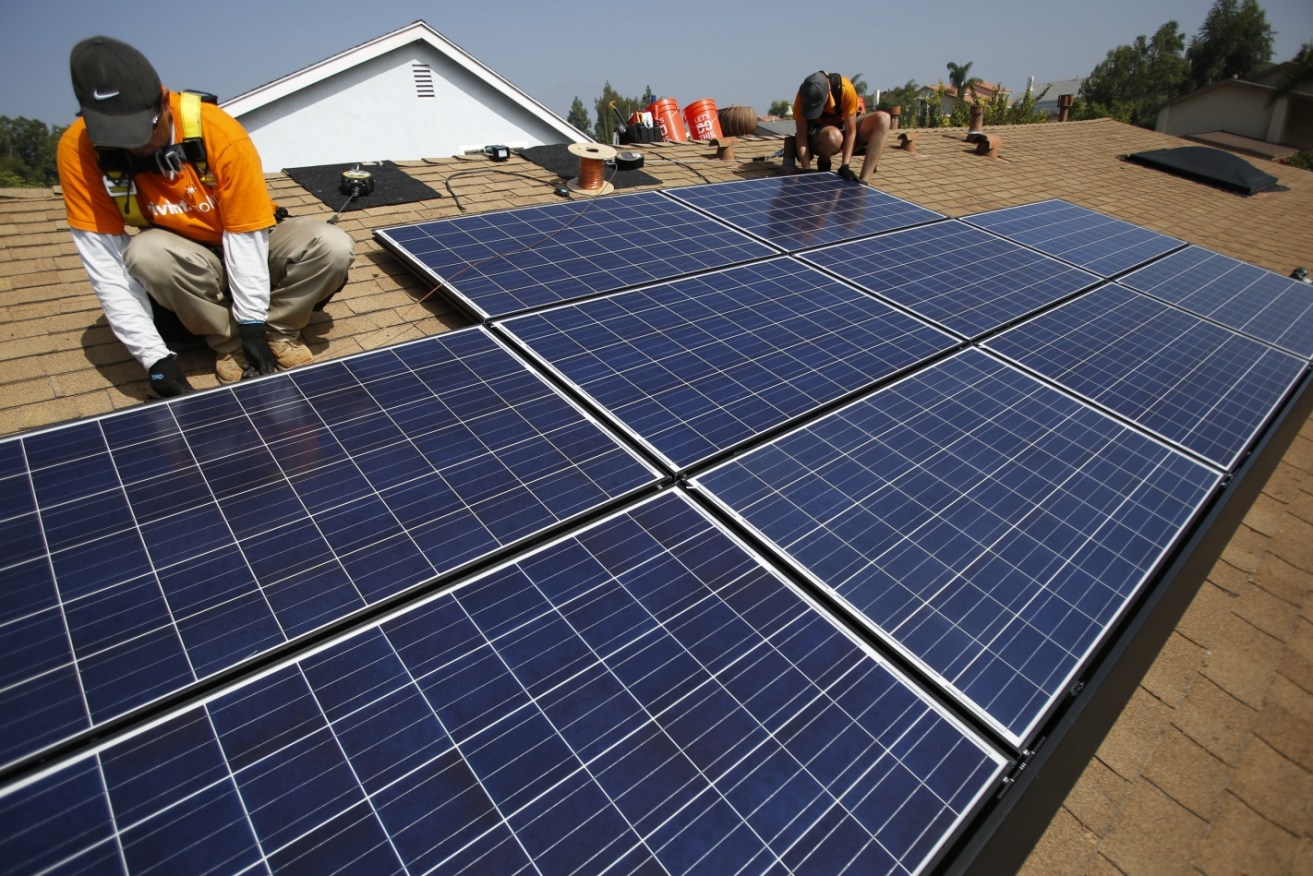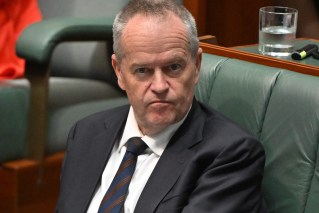Conservationists say renewables will cut $500 from yearly power bill
A report from the Queensland Conservation Council estimates households will save $500 a year on power bills if investment in renewable energy is fast-tracked and all Queenslanders get a share in the spoils.


Queenslanders are increasingly adopting solar panels.
The organisation is basing its forecast on wholesale power costs they say fell by $25/MWh last year, equivalent to nearly $100 per household.
Ramping up the renewable component of the state’s energy mix while making clean technology available to more Queenslanders would trigger further increases in power bill savings, while creating 27,200 new jobs, it says.
An advance copy of the projections provided to InQueensland are contained in a report prepared jointly by the QCC and an independent, not-for-profit organisation Solar Citizens.
Titled ‘Five Ways to Improve Queensland’s Energy and Jobs Plan’, the document seeks to enhance the Queensland Government’s commitment announced by Premier Annastacia Palaszczuk last year to build more renewable energy projects while phasing out coal-fired power by 2035.
Despite describing the government’s plan as “visionary”, the groups say the policy is no “one-stop-shop” to manage the state’s energy transition and that significant detail and investment is lacking to reduce energy costs and strengthen grid reliability.
The two groups are calling on the Queensland Government to build another 2500 MW of new large-scale renewable energy and storage projects by 2025 on top of the nearly 4000 MW already in the pipeline.
They’re also calling for government investment in household clean technology, such as rooftop solar, energy efficiency upgrades and household battery storage, in an effort to help vulnerable Queenslanders manage their energy bills.
Energy Minister Mick de Brenni said that while the Palaszczuk Government had put a “down payment” of $6 billion on its energy plan, he would welcome proposals from all “credible proponents”.
“Our timeframes to transition Queensland’s energy system are realistic, achievable and affordable,” he said.
“We know the experts agree that high fossil fuel markets are driving record prices in our energy system and that the data has been settled – renewable energy is the cheapest form of new energy generation.
“That’s why by 2035, we’ll build eight times more renewable energy than we had in 2022. Importantly, because Queenslanders retained public ownership of their energy system, we have unprecedented control over the transition. That means that under our plan, we’ll serve people, not profits.”
Solar Citizens deputy director Stephanie Gray said producing solar electricity “straight from your rooftop” was the best way to safeguard against rising global coal and gas prices.
“Queenslanders are world leaders in the uptake of rooftop solar,” she said.
“It’s now time for the State Government to support Queensland’s 900,000 solar homes and businesses to take the next step towards energy independence by helping them invest in battery storage and more efficient electric appliances.”
However, Gray is also pushing for more support for the third of Queenslanders who rent or live in social housing to access cheap solar energy.
“Recent polling of 2000 Australians found that 71 per cent of people agree governments should do more to help this significant proportion of our community access affordable solar,” she said.
“Especially on hot summer days like we’ve been having, we need to make sure that everyone can afford to keep their homes at a healthy temperature and that means access to affordable energy.”












